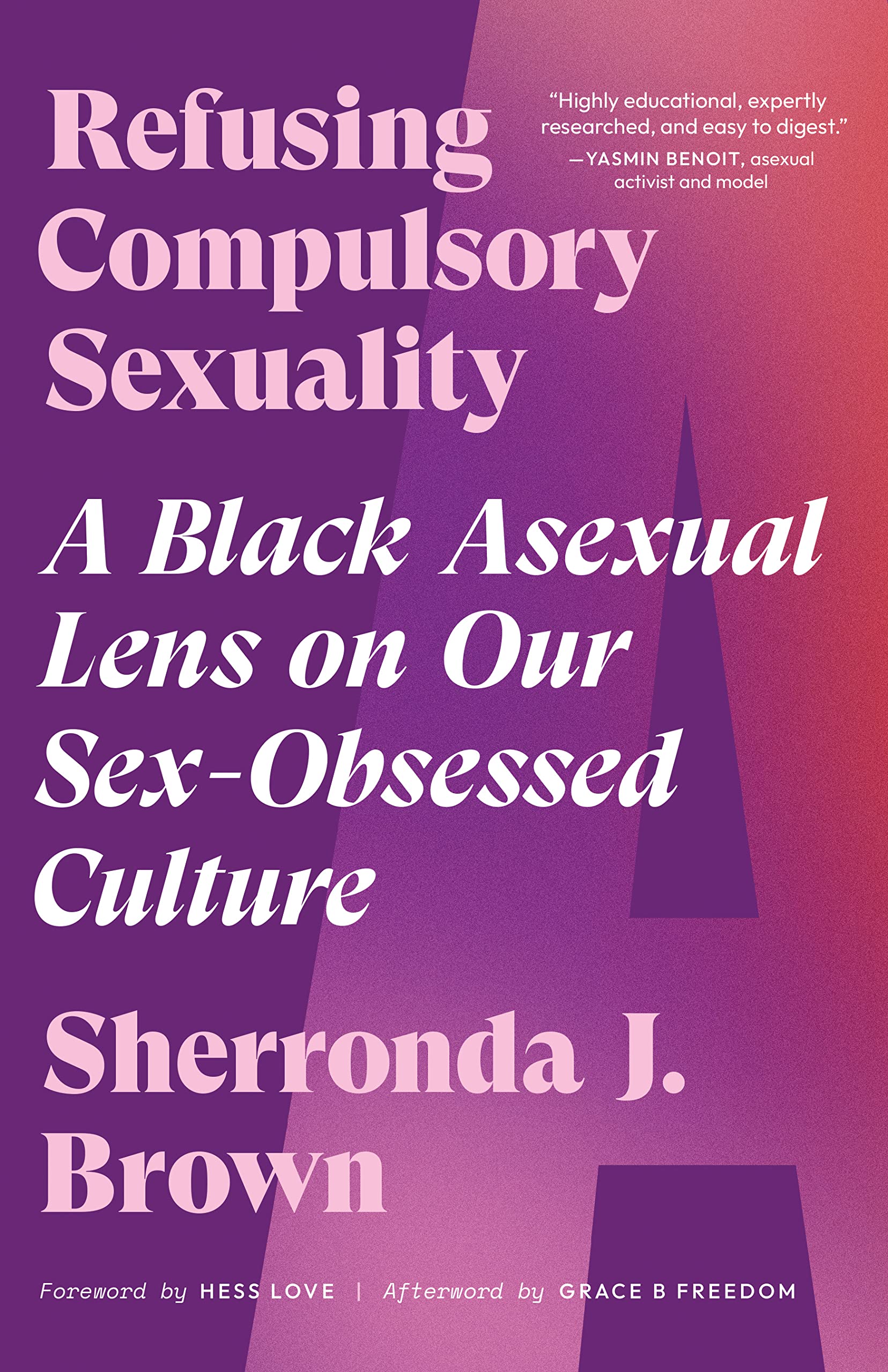More on this book
Community
Kindle Notes & Highlights
Read between
September 17 - September 26, 2023
even as others continue to write a different narrative on their bones.
May we move toward an understanding of ace- and aro-spectrum queerness itself as an avowal of the right to exist as enigma, as refusal—to persist in illegibility, to be unknown and unknowable.
I hope that we allow ourselves to be inspired, to embrace whatever peculiar freedom can be found in the obscurity and silence.
1978 Gay News literary editor Alison Hennegan asserts that people have the right “not to be sexual at all.” She also notes that “there’s a strong case to be made for Asexual Liberation.”38
1997 Zoe O’Reilly publishes “My Life as an Amoeba” in the StarNet Dispatches webzine, writing, “There is one group continuously overlooked: the asexual.” The personal essay would go on to spark conversation among people who identified with it. It is now regarded as the first appearance of the asexuality community online.47
2001 Asexual activist David Jay founds the Asexual Visibility and Education Network (AVEN), which would ultimately become the most prolific and well-known asexual community hub.
2005 AVEN community members decide on a black ring worn on the middle finger of the right hand as a symbol for the asexual community.
2010 The asexual pride flag is introduced.
2021 The first International Asexuality Day is held on April 6.
I know there is more to be found and more to be said about how asexuality has been medicalized, pathologized, infantilized, demonized, and otherwise othered throughout history, as well as how asexuals and advocates have pushed back against this othering and the mandates of compulsory sexuality.
Since the early twentieth century, the percentage of left-handers in the United States has gradually risen from around 2 percent to nearly 12 percent, and most of them are younger people.
Therefore, more and more people are identifying as asexual—they are learning where they fall on the spectrum, they are building community, and they are coming to understand themselves and their sexuality better. I believe that number will continue to rise as younger generations continue to unpack the societally induced shame around being uninterested in sex or being unpartnered. The more we affirm asexuality, the more asexual people will feel comfortable, safe, and valid in embracing their asexuality, and the more others will see how compulsory sexuality impacts their lives as well.
According to the “2018 Tracking Report: Lesbian, Gay, Bisexual, Transgender, and Queer Grantmaking by U.S. Foundations,” out of a total of a record $209.2 million in funding, only $70 was allocated to asexual communities.
Not only will education lead to asexuality being better understood and prevent many people from spending much of their lives not understanding their own sexuality, but it will also mean that asexuals will be better protected and cared for—both within and outside of queer communities.
I look forward to seeing others move beyond what I have written here,
there is more for us to interrogate, more to unpack, more to theorize, more to disrupt, more to uproot, more to deconstruct, more to digest about asexuality.
Asexuals are actively prioritizing nonsexual forms of connection, honoring our capacity to create long-lasting bonds and express love, appreciation, and commitment in various ways.


